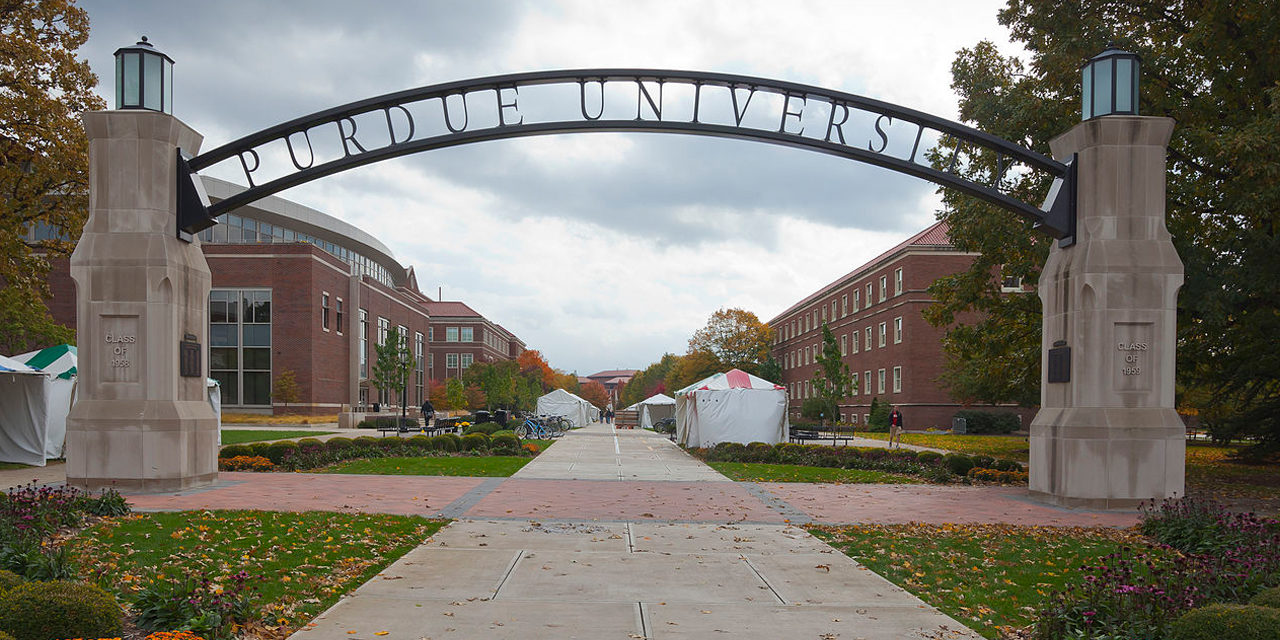That costs of a college education are rocketing in the stratosphere is no secret. It is a serious problem, creating great anxiety for parents and students across the nation. Graduates are working multiple jobs to pay back their exorbitant school loans. Consider these numbers. The total debt owed by students is $1.64 trillion. This is about $587 billion more than the total credit card debt carried by all Americans. Nearly 45 million Americans have student loans they are laboring to pay off while 11% of student loans are 90-plus days delinquent or in default with the average monthly payment being between 200 and 300 dollars. There is no indication whatsoever that this will get better anytime soon.
Christian colleges and universities are providing some encouragement. They tend to have lower tuition costs than the national average and their students pay off their loans faster and substantially more successfully than graduates of secular universities. These schools also typically offer a similar or increased quality of education.
But there is one secular university in the United States offering great hope that schools can offer an affordable price-tag, keep it unchanged over many years and actually increase educational quality and student experience at the same time. That is Purdue University, Indiana’s historic land grant institute of higher education, led by the former governor of Indiana, Mitch Daniels. An undergraduate at Purdue will pay less tuition today than in 2013, the year Daniels took over leadership of the school. Around 60 percent of its students graduate debt-free compared to 43 percent nationally. An undergraduate semester at Purdue costs just under ten thousand dollars, $9,992 to be exact.
Daniels is quite proud of this price tag and has fought ferociously to make sure it hasn’t increased one cent over the last decade. A few years ago, a college guide listed their Purdue’s semester price at $10,002. Daniels told The Atlantic that number “just bugged me to death.” He checked to see how that could be and found it was due to a new $10 gym fee. This president, with all his other responsibilities, went into action over this mere ten-spot. He walked over to the campus gym and asked its director how business was going. He explained individual memberships were up and the gym was even posting a small profit. That is all Daniels needed to hear. The next day, the board of trustees repealed the fee, bringing student costs down below ten thousand. That number is sacrosanct at Purdue.
Student room and board costs have been frozen all these years as well. Purdue’s stats show that Daniels is not being a cheapskate at the expense of educational quality. He is simply being wise, chasing every dollar. As student prices have held firm, Daniels didn’t have to get more money from the state to make up the difference. He didn’t get rid of more expensive full-time, tenured faculty in favor of cheaper adjunct faculty. In fact, Purdue’s full-time teaching staff has grown in number and quality over the last decade. Its faculty-to-student ratio is lower than the national average for Big Ten schools. Nor has it driven up the number of out-of-state students who pay higher tuition. As a result, the school’s enjoyed a 37% increase in applications for admission.
There are no smoke and mirrors here. The school’s treasurer and chief financial officer told The Atlantic that increased enrollment due to low tuition has brought many more students, more than at any time in the school’s long history. This has translated into an extra $100 million. With this, faculty pay has increased 12 percent over the last few years, nearly double that of the average college or university. What’s more, Purdue dramatically increased its very profitable online presence by purchasing the online giant, Kaplan University for the tidy sum of one dollar.
On top of all this, a walk across campus reveals robust growth in new buildings and major renovations on older ones. But it was not just tuition that appeared in Daniels’ crosshairs. When students complained of textbook costs, the leadership spent six months looking at affordable options. They entered an agreement with Amazon who built a brick-and-mortar location on campus. This saved students about 30 percent on books resulting in a total savings of $2 million right out of the gate.
Not surprisingly, the students treat President Daniels like Elvis whenever he walks across campus or shows up to sports events, comfortably calling out “Mitch!” Reduced school costs transcend politics and ideology. In fact, even The Atlantic praised him, explaining Purdue’s success “could be a new model – a change in the culture – of finance in higher education, bringing market pressures to bear” on how higher-ed operates. Capitalism on campus.
Just like a home budget, Daniels explains that savings came from changing a number of significant ways in which the school functions, but most came from doing hundreds of small dollar things differently too. The university’s leaders believe every penny matters, quickly adding up to dollars. Purdue is coming up on its tenth year of tuition at $9,992 even while the school gets bigger and better than it ever has been. Excellent and better education is possible without annual increasing prices.
But frozen school costs are not the only thing winning Purdue and President Daniels accolades. Forbes magazine, along with the Federalist, have praised the wisdom and innovation of their forward-looking plan to safely bring students back to campus in the fall. Something is working quite nicely at Purdue and over a relatively short timeframe. Mitch Daniels has proven himself a shrewd, no-nonsense, wise and gracious leader that our country needs more of and others should study and emulate.
Photo by Diego Delso, delso.photo, License CC-BY-SA






